Across the globe, survivalists watch as schools and corporate institutions continue to raise their security standards. Whether it be bulletproof chalkboards, armor plates in backpacks, or having to use your employee badge four times to get into a bathroom, we are undoubtedly living in difficult times.
Such dangers have prompted many local municipalities and businesses to implement new and improved solutions in an effort to battle the scourge of gun violence erupting across the nation.
But what does the savvy survivalist need to know about a building’s layout, design, and construction? After all, the obvious answer in the event of a chemical or biological attack is: “Mask up and GTFO.”
While that’s certainly the first course of action, an effective survivalist should always know as much about a threat vector as possible–not only to lead themselves to safety, but also to shine as a reliable leader in their workplace in a time of crisis.
Think about it: if you managed to lead a successful evacuation of your work center, your boss would kinda have to promote you… or at least not give you a hard time about last-second PTO anymore–right?
We’ll leave you to ponder daydreams of grandeur–mentally transforming into John McClane as you toss Barbara from accounting over your shoulder and rappel down an elevator shaft screaming “yippee ki-yay,” middle-fingers akimbo all the while. But first, let’s get into the finer details of buildings as a threat vector.
So clean your desk and straighten up that Excel sheet. “Per my last e-mail,” let’s tackle this “action item.”

Air conditioning ducts can present a threat vector for chemical and biological agents. They’re also not load-bearing… so it’s probably a bad idea to go crawling around in them. (Image courtesy of 20th Century Fox)
Table of Contents
-
01
“Low hanging fruit”
-
02
(Don’t) “Drink the Kool Aid”
-
03
“Lots of Moving Parts”
-
04
Crushing Your “Exit interview”
-
05
Let’s “Go to Market”
-
06
Final Thoughts
-
07
Frequently Asked Questions
“Low hanging fruit”
As a reader of the MIRA Safety blog, you’re undoubtedly all too aware of the fact there are bad people in this world. Some of them are vigorously trying to obtain nerve agents in the hope of a mass casualty attack, and some of them quote Plato in their email signature line.
While those people might say, “Opinion is the medium between knowledge and ignorance,” the threat vectors found in commercial buildings are fact–not opinion.
For this article, we will be referencing the New York City building code from 2022. One thing to remember is that building codes can vary from town to town, and state to state. If you are interested in learning more, you should consult your building’s facilities personnel on your lunch break and see what your local codes dictate.
One of the most important things an informed employee should consider is their building’s layout. From this perspective, we consulted an industrial interior designer from the New Jersey Institute of Technology for their thoughts on how a building’s layout and design could contribute to a safe evacuation.
Their first concerns pertained to a building's vestibules. To explain, a vestibule is an antechamber, or lobby, where employees and visitors enter a building. The purpose of a vestibule is to not only prevent the loss of conditioned air, but also to prevent a choke point during entry and exit.
Notably, a vestibule presents a tempting target for an attack, as there is typically a large number of people using the vestibule during the beginning and end of a work day.
Vestibules also commonly contain water fixtures, which can be contaminated with liquid agents, and used to unwittingly disperse them amongst a crowd.
VX agent, for example, would be a prime substance to use in a water fixture, as it is highly water soluble. If deployed, personnel entering the vestibule could be exposed to it, as some water fixtures contain high-pressure pumps, allowing for fine mists of water to circulate around the room.
Another vector of attack could be a building’s skylights. Whether implemented in a solarium or a small skylight to illuminate a meeting room, these glass openings are an easy target.
Often placed in an area where medium to large groups gather, it only takes a few moments to compromise their integrity. Thankfully, roof access is often highly secured–either by physical security, or badge-restricted doors.
It’s also worth noting that many skylights are made of thick plexiglass or acrylic and are therefore highly impact-resistant. A bad actor would need to come very prepared to effectively compromise them.
So, for now, it’s probably safe to keep tossing pennies into that fountain, wishing for your team to stop using the “notify all” features in Slack while you’re on your lunch break.
But as we know, where there’s a will there’s a way. While rooftop access is highly protected, roofs and utilities still present a wide variety of threat vectors. Let’s go ahead and “bring them to the table.”
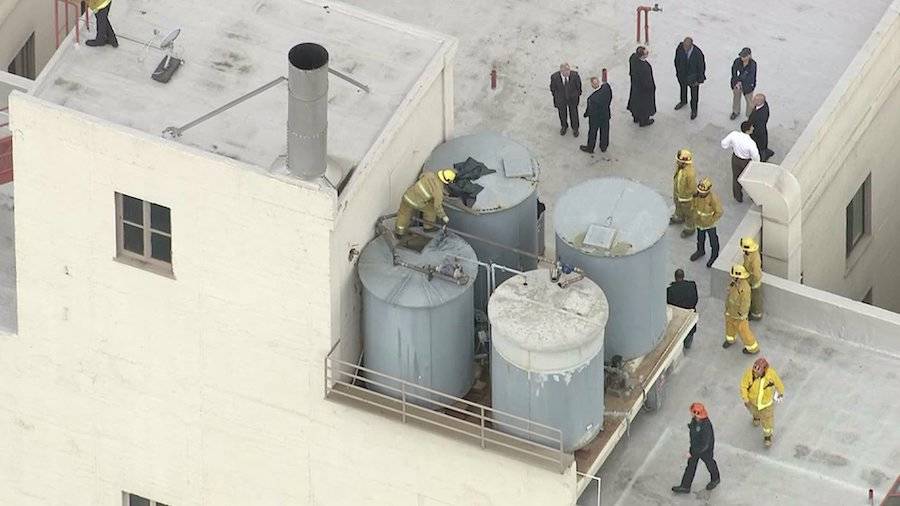
The Cecil Hotel’s rooftop water tanks after the discovery of Elisa Lam’s body. (Image courtesy of KTLA)
(Don’t) “Drink the Kool Aid”
In 2013, the Cecil Hotel in Los Angeles made headlines around the world for its unfortunately compromised rooftop water tank. There, twenty-one-year-old Elisa Lam’s body was discovered, inexplicably discarded.
Accordingly, hotel patrons reported that during their stay they experienced an “odd taste” and poor water pressure from fixtures located in their room. Describing the taste as “blood-like” and horrid–rotten, they noted that the water was brown-yellow tinged.
It goes without saying, perhaps, that if you find yourself in a similar situation–noticing a horrific taste and tinge to the water in your place of work–it is best to contact your facilities staff immediately. Especially if the water is coming out of a purified water fountain or faucet.
While many chemical and biological threats are primarily delivered via an aerosol agent, certain agents can be effectively dispersed through water systems. Indeed, tabun, sarin, soman, VX, lewisite, and sulfur mustard are just some of the water-soluble agents that could be used to target a building’s water systems.
While chlorine filtration can combat some agents, other industrial chemicals can bypass traditional filtration. Pesticides, strychnine, and cyanide, for example, are dispersable through water pipes.
Another–albeit unlikely–vector could simply be a janitor’s mop bucket. No one, after all, would think twice about a janitor spreading contaminated water around a floor. (Although if he was wearing a gas mask, it would blow their cover pretty quickly.)
While water could be a potential exposure vector, it’s important to remember that many commercial buildings get their water from a city source. And if a city source was compromised with a chemical or biological agent, there would be much more response from local governments and a much more significant problem on everyone’s hands.
Thankfully, many municipalities employ physical and remote security for their water plants and are under strict homeland security protocols.
But what about something building-based, like an HVAC system? How might that system play right into the opposition’s hands? Let’s “run it up the flagpole.”
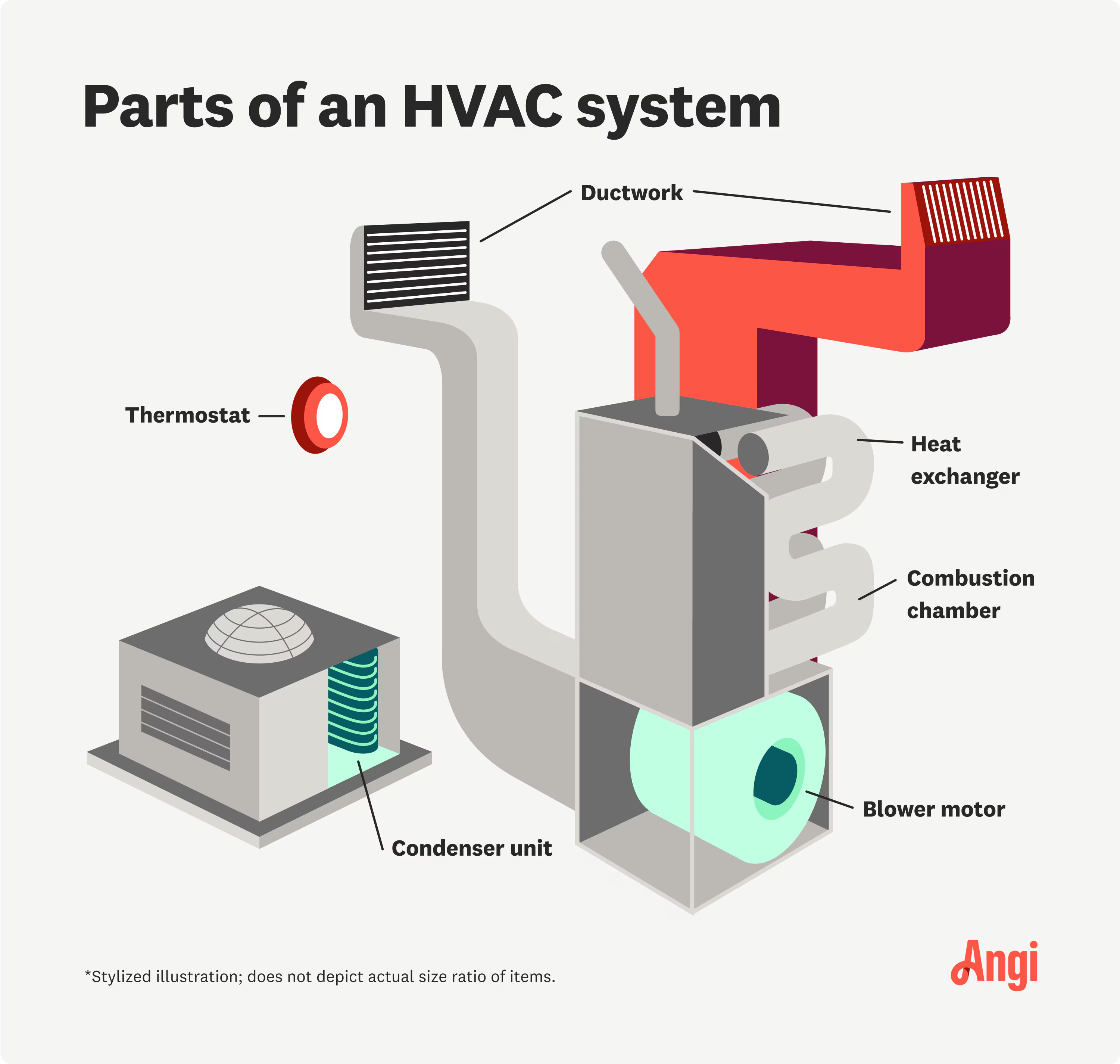
A quick rundown of an HVAC unit. (Image courtesy of Angislist)
“Lots of Moving Parts”
What would you say if we told you that you could get a jump on protecting your building’s HVAC system?
To do this, check out the free self-assessment offered by FEMA, which helps to identify vulnerabilities in an HVAC system.
As we know, an HVAC filter isn’t usually as thorough as a gas mask filter. That’s because most commercial HVAC systems use a simple particle filter for moderate removal effectiveness. Depending on costs and target permeability, it may be worth considering a high-particle removal filter for your systems.
The crux, as it were, is that some HVAC systems may not be able to accommodate the pressure loss from a more stringent filter. But we’re not going to get into the intensely exciting world of HVAC minutia–that’s for the guys in the boiler room.
High-rate particle filters, though, can be an effective way to protect your work center from biological threats. They won’t be able to protect you from chemical gasses, however. That requires a carbon block filter.
Though carbon filters are effective against many threats, they can be prohibitively expensive, depending on how your company's CEO rewarded themselves with bonuses this year. If you see a lot of fancy furniture being moved into that corner office, for instance, your leadership may not leap at the chance to blow more money on the “rank and file” protection.
Of note, many commercial HVAC systems have an air intake either on their roof or within the building in a secured location. A common misconception about HVAC is that the air intake is directly located on the air conditioning unit itself.
Typically, an air conditioning main unit, which is used to dissipate heat from a coolant like freon, is then used to cool air and send it off to a blower for circulation. This is a simplification of the process because again, we’re leaving the inner workings of the unit to the professionals.
Usually, spraying things like pesticides and weed killers around your home's AC unit won’t introduce contaminants into your home's ducting. The same is true with commercial buildings. It’s important though, to make sure you do know where your unit’s intake is before spraying chemicals around them.
Equally important to remember is that one point of penetration for attacks can be the ducting itself. That’s because introducing a chemical agent into these spaces is an effective way to spread it, as most ducting serves to move air around a building unimpeded.
In the case of the Las Vegas pepper spray attacks, this method was used to expose employees to bear spray. Once the spray had driven employees and patrons out of the building, the perpetrator would then don a gas mask and ransack the cash register.
Should a well-equipped attacker infiltrate a building and gain access to vulnerable ducting, the results could be disastrous. Luckily, an attacker would also have to have intimate knowledge of a building’s ducting system and hope their target wasn’t using high filtration or multiple points of filtration within the space itself.
For these reasons, this type of information should be safeguarded, and stored in a way that requires authorization before being released.
Should you find your building compromised, as we discussed earlier, you’ll want to mask up and GTFO. So let’s “take this offline” and “deep dive” into the intricacies surrounding commercial building egress.
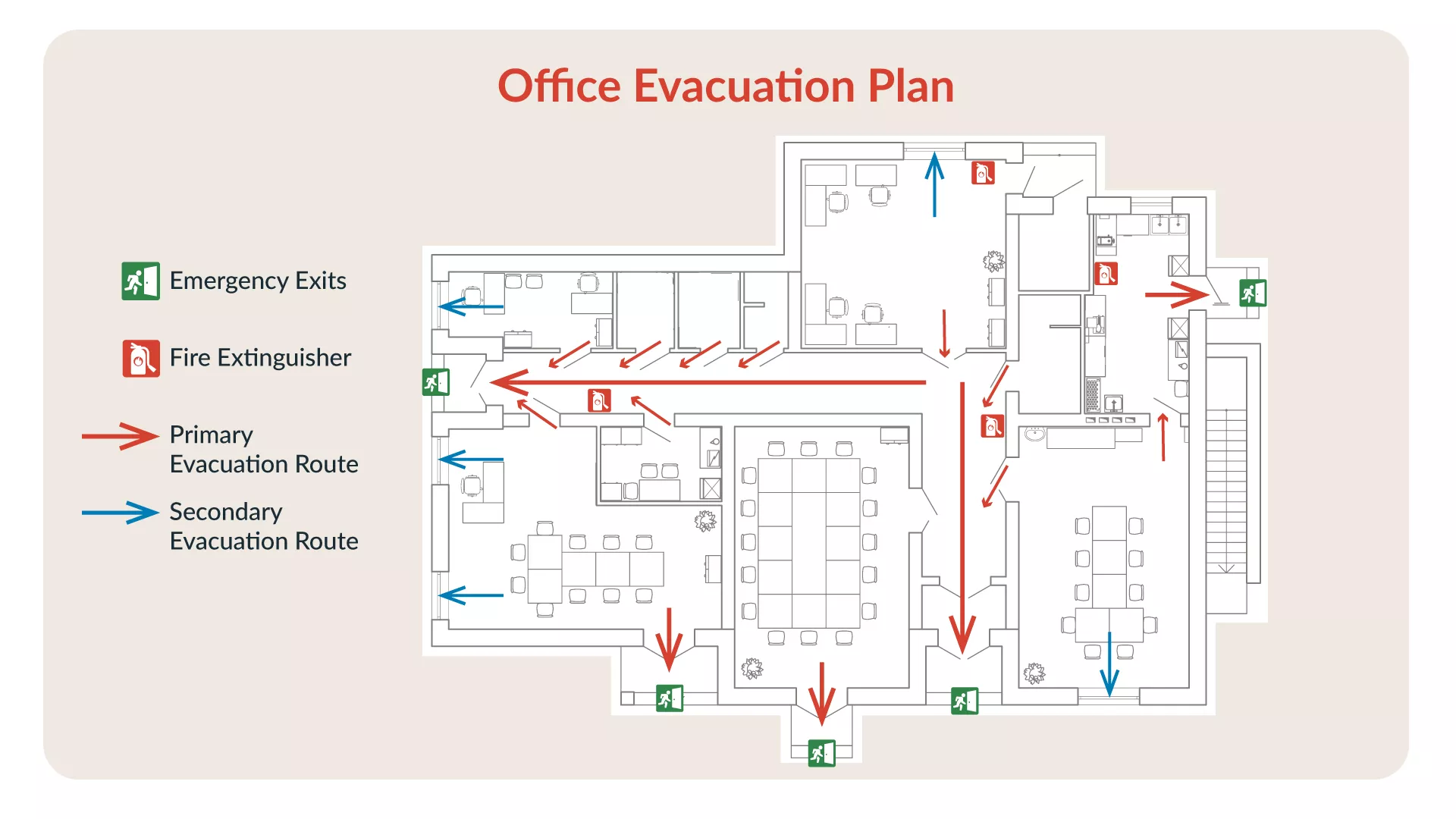
An example of an office evacuation plan. (Image courtesy of Alert Media)
Crushing Your “Exit interview”
One of the first considerations regarding egress is the structure’s main routes of traversal, which can vary. Some buildings are designed to have a main “core,” holding elevators and load-bearing structures. The World Trade Center was such an example, holding its main elevator shafts in the center of its construction. In this core was also housed three main staircases.
After the 9/11 attacks, investigators discovered that the staircases in the World Trade Center were inadequately designed for mass evacuation. While they met the national building code, which required staircases in high rises to be at least forty-four inches wide, this width proved too narrow for effective evacuation during the emergency.
For perspective, the average shoulder width, assumed to be 22 inches, led to the minimum width requirement of 44 inches. However, this width was ultimately insufficient to accommodate the large number of evacuees and the counterflow of emergency responders using the same stairwells, leading to significant congestion and impeding rapid evacuation.
Subsequently, many building codes now determine stairwell width based on the occupancy of a building. It still does not consider emergency situations where a stairwell may be occupied by first responders, however.
In addition to stairwells, a building’s hallways can sometimes be cause for concern. To assess this, the first thing you may want to consider is what type of building you work in, as that is typically the determining factor in code-width requirements.
Take schools and buildings with high-traffic classrooms, for example. These structures are required to be very wide to accommodate students and faculty, usually sixty-six inches. Alongside this, mechanical or electrical access corridors are required to be much smaller, around twenty-four inches.
Information like this is critical to developing an egress plan. Remember, however, that standard building maps and directories may not list mechanical access corridors that could be used in the event of an emergency.
Consider, too, that many access corridors are badge-restricted, or locked for personnel other than service technicians. With this in mind, your security manager should be able to direct you to what routes of egress are available to all employees.
If you are permitted to utilize corridors like this in an emergency, ensure that you are planning out your entire egress from beginning to end. If, for example, your route begins in a wide hallway and ends in a narrow one, consider how many personnel can safely evacuate this way, and if your route intersects first responder’s means of entry.
Now that we’ve managed to “touch base” on the considerations one should note during egress, let’s “circle back” to the reason you’re here: “product-based solutions.”

MIRA Safety has the product-based solutions you’ve been looking for!
Let’s “Go to Market”
After finding ourselves “in the weeds” of building hazards, let’s “flesh out” some options you can use to stay safe at work.
Regardless of what solutions you identify as appropriate for your place of work, a good rule of thumb is to make sure they’re easily accessible and size-appropriate. Storing your kit in or under your desk, for example, is a surefire way to always have your equipment on hand.
Sure, Dorothy from HR might have some questions, but you can just show her this article, and she’ll probably understand. If she doesn’t, you may be in the right to remind them that you are entitled to PPE and protection from workplace hazards.
Of course, if you do insurance auditing, this could potentially be a hard sell. In that case, your best bet is to keep your kit compact and maximized for effectiveness. Otherwise, you may get some curious looks while you balance Quickbooks in MOPP-4 gear.
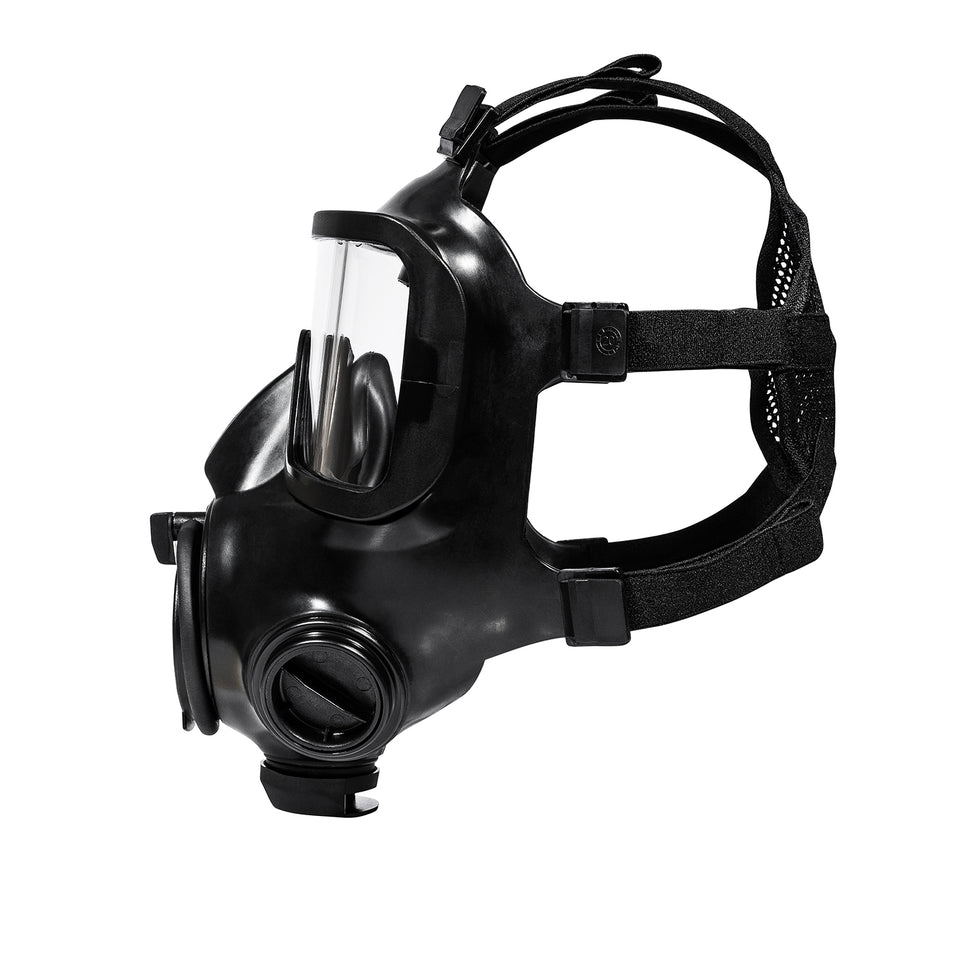
MIRA Safety’s CM-8M Gask Mask
The MIRA Safety CM-8M Gas Mask is the premium CBRN protection you need to face any workplace threat you may encounter. Rated effective for any and all CRBN agents, you can rest assured that if SHTF during your “working lunch,” you’ll be ready to make the most of your half-day.
So clear off your desk and don your mask–all that time spent zoning out after your first cup of coffee has finally paid off; you’re ready to bug out.
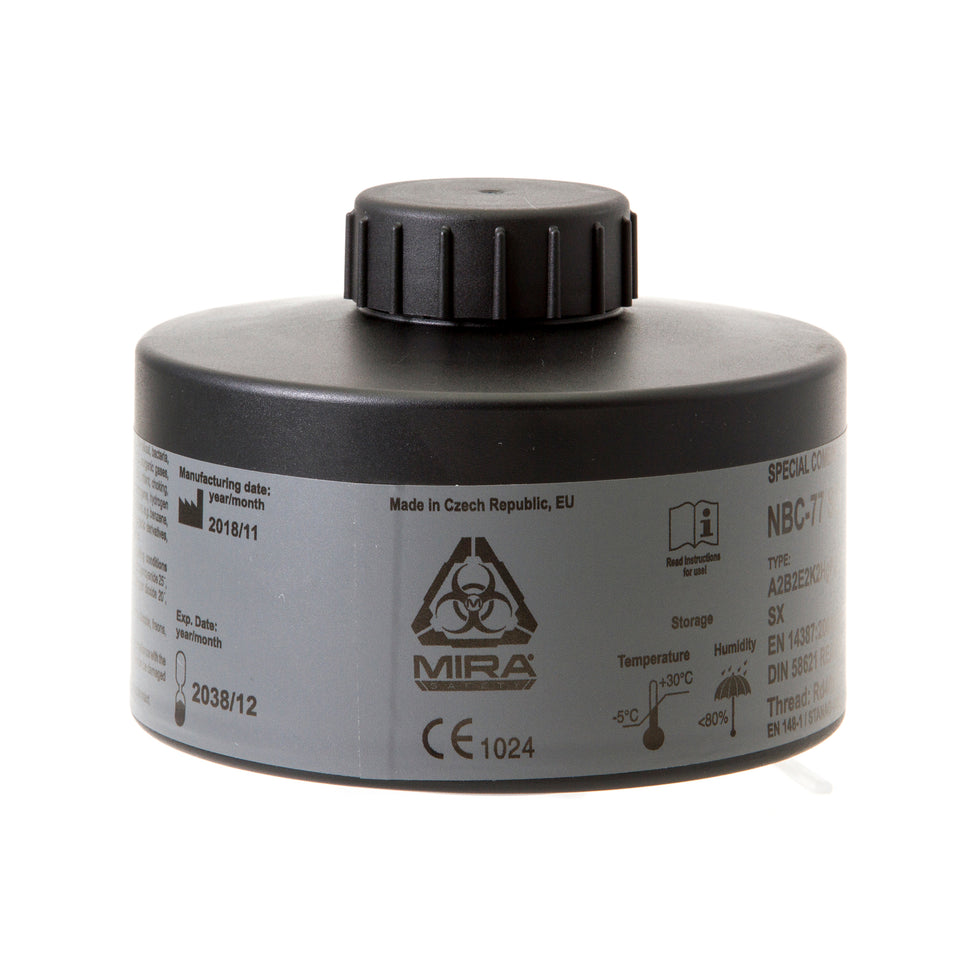
MIRA Safety CBRN Gas Mask Filter NBC-77 SOF
The MIRA Safety CBRN Gas Mask Filter NBC-77 SOF–accept no substitutes! Just like your boss when you were an intern and asked, “Sugar? Or Splenda?” and promptly shooed you out of the room, demand the best. Whether you’re a lifer or a temp, the NBC-77 SOF filter will be there as long as you are (or at least twenty years of it). Rated for all nerve, blister, choking, and nuclear agents, you’re ready if your 9 AM meeting goes sideways (and not just because your Powerpoint froze… again).
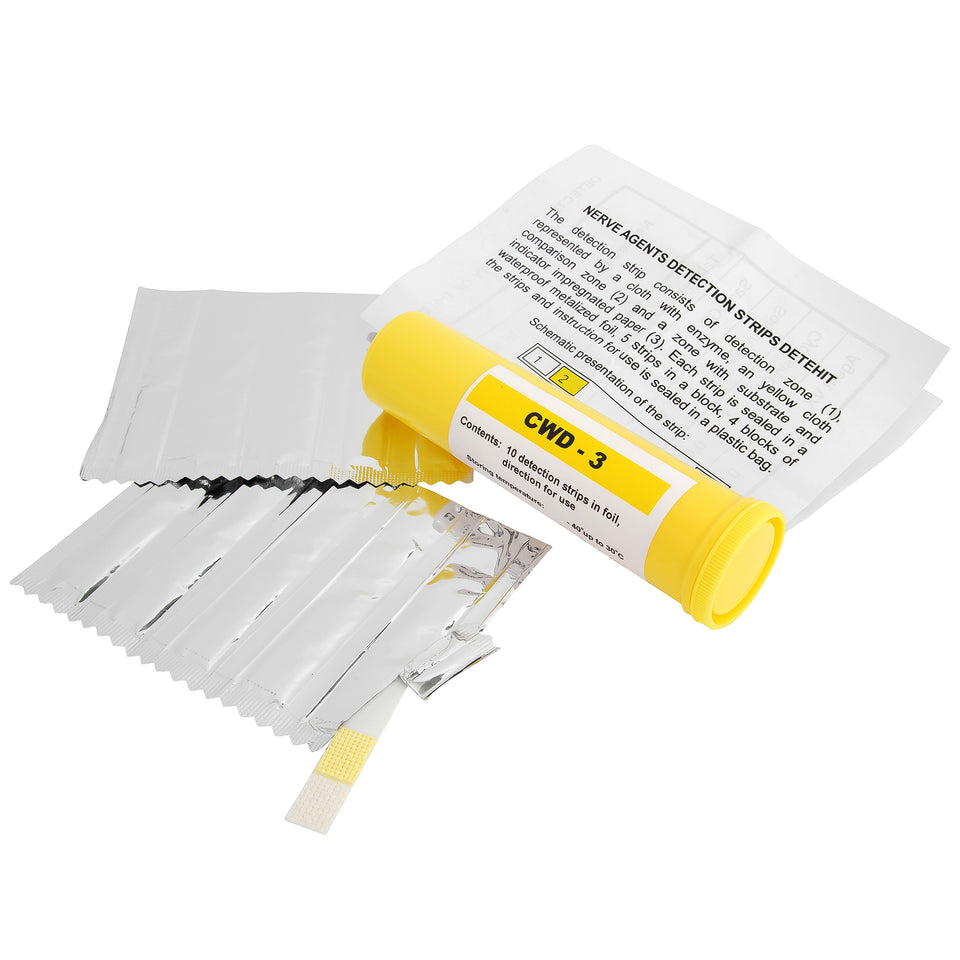
MIRA Safety DETEHIT CWD-3 CBRN Detection Strips
Stay ready to detect any nerve agent in your water with the MIRA Safety DETEHIT CWD-3 CBRN Detection Strips. Created specifically to detect nerve agents in water, food, or air, you’ll be the first line of defense if your work center experiences a water-based attack. Attach it to your desk’s drinking bird toy for a daily inspection.
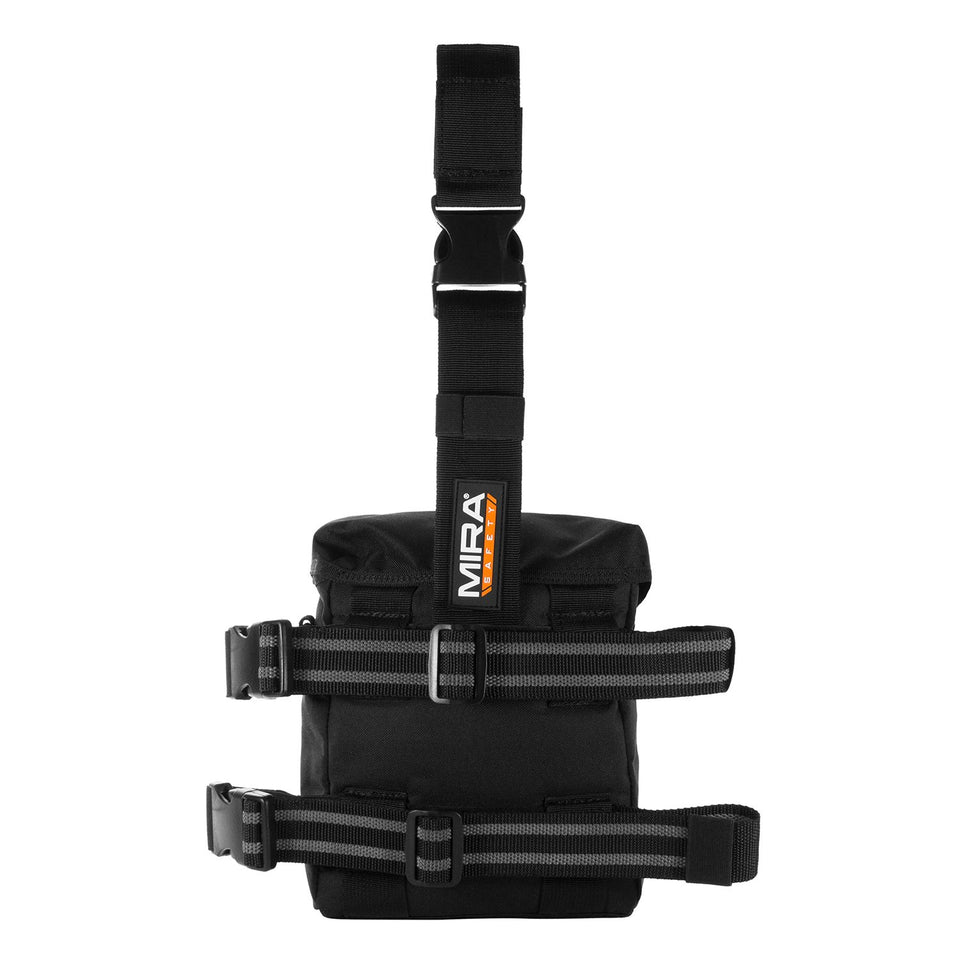
MIRA Safety Military Pouch / Gas Mask Bag v2
If you’re looking for a compact solution for your preparedness kit, the MIRA Safety Military Pouch / Gas Mask Bag v2 is the ideal choice. Quickly open or equip this pouch when the office climate starts to turn deadly. Constructed with durable 600D PVC-coated nylon fabric, your mobile pouch will stay fastened firm while you expeditiously retrieve your Tupperware on your way out of the building.
The MIRA Safety military pouch also features a dual non-slip BTS belt loop to ensure a superior fit when sporting your kit around the office. Become the talk of the water cooler (because you’re officially the coolest person in your office).

We’re almost there. (Image via Honeykick, courtesy of Amazon)
Final Thoughts
While we all love to poke fun at corporate culture, if we could just get serious here for a moment, that would be greeeeaaaaaaaaat.
The monotony of the office can sometimes wear people down. Whether the printer is throwing out a wacky code, your IT staff is busy with a new metric tracking software deployment, or you just haven’t had enough coffee yet, it’s easy to get complacent.
Whether navigating the treacherous landscape of a cubicle farm or playing Angry Birds on the toilet, a savvy survivalist remains ready. The daily grind can get boring–that’s just how it is. It’s no excuse to get caught off-guard in the event of an emergency situation, however.
While it’s generally inadvisable to bring your work home with you, the opposite is appropriate given the current world climate. Bring your home kit with you to work, and help your coworkers better understand why you choose to live a life of preparedness.
Just try to work it into casual conversations, and don’t get all preachy at the sales meeting. You don’t want your co-workers to start looking at you like you’re Dwight from The Office.
To be fair though, Dwight had a decent prepper mindset…
Stay savvy, friends.

Where’s the lie? (Image courtesy of NBC via Bed Bath and Beyond)
